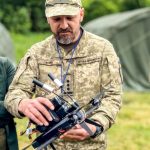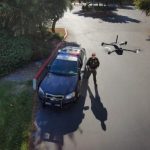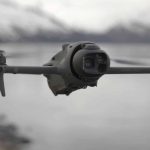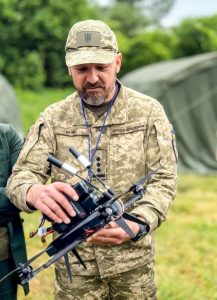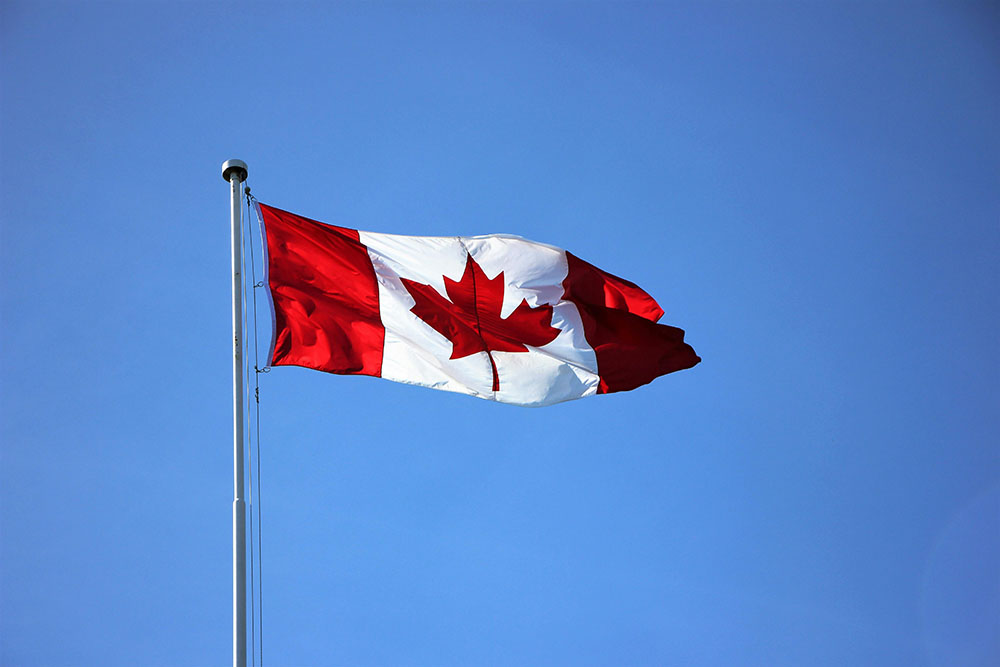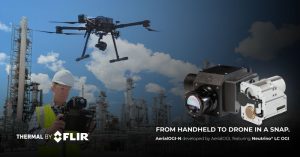What Can the FAA Learn from Transport Canada’s New BVLOS Regulations?
As drone operators and manufacturers in the United States anticipate the FAA’s release of its Notice of Proposed Rulemaking (NPRM) regarding beyond visual line of sight (BVLOS) operations, Canada is poised to implement its new BVLOS regulations starting November 4, 2025. This move comes alongside Transport Canada’s final BVLOS rules that were published in March 2025.
The FAA has yet to issue a follow-up to the original Part 107 regulations that govern drone operations in the U.S., despite a Congressional mandate encouraging an NPRM by September 2024. Nevertheless, Transport Canada has established a framework that sets a precedent for drone regulation and could serve as a model for the FAA.
According to Timothy Tenne, CEO of American Robotics and a prior FAA official, “Part 107 was the first regulation for drones globally, positioning the FAA as a leader in the industry. However, the momentum has stalled, leading to a gap in regulatory advancement.” Tenne points out that Canada has now overtaken the U.S. in terms of drone regulations.
Catherine Cahill, director of the Alaska Center for UAS Integration, underscores that Canada has shifted from following U.S. regulations to independently establishing pioneering BVLOS policies.
Details of the New Regulations
Transport Canada’s new rules enable routine BVLOS operations for remote-piloted aircraft weighing up to 150 kg (330 lbs) in sparsely populated areas, at low altitudes, and within uncontrolled airspace. The regulations remove the necessity for a Special Flight Operations Certificate (SFOC) for such operations and introduce new requirements for pilot certification, technical standards for aircraft, and operational protocols ensuring safety and compliance.
The Canadian government outlined its motivations for these regulations, citing rapid technological advancement and the need for a more agile regulatory environment so the drone industry can flourish.
One of the standout features of the new regulations is a requirement for drone pilots to undergo at least 20 hours of third-party ground school training and pass a flight review, significantly exceeding U.S. standards.
Cahill emphasizes that those operating drones in Canada will be likened to manned aircraft pilots, highlighting the importance of aviation knowledge and communication for safety.
A Call for Reevaluation in the U.S.
Tenne advocates for the U.S. to adopt similar expectations for drone operators, urging the FAA to align with international standards that view drone pilots as aviators. He adds, “We must recognize that drones are aircraft operating within the National Airspace System, which requires a thorough understanding of aviation regulations and safety protocols.”
Transport Canada has made strides through pilot projects and collaborations that have informed a comprehensive safety framework designed to encourage economic growth within the drone sector.
Overall, the financial impact of adhering to these new regulations for the industry is estimated to be around C$26.6 million ($19 million) over the next decade.

For more detailed information, see the Original Article.
